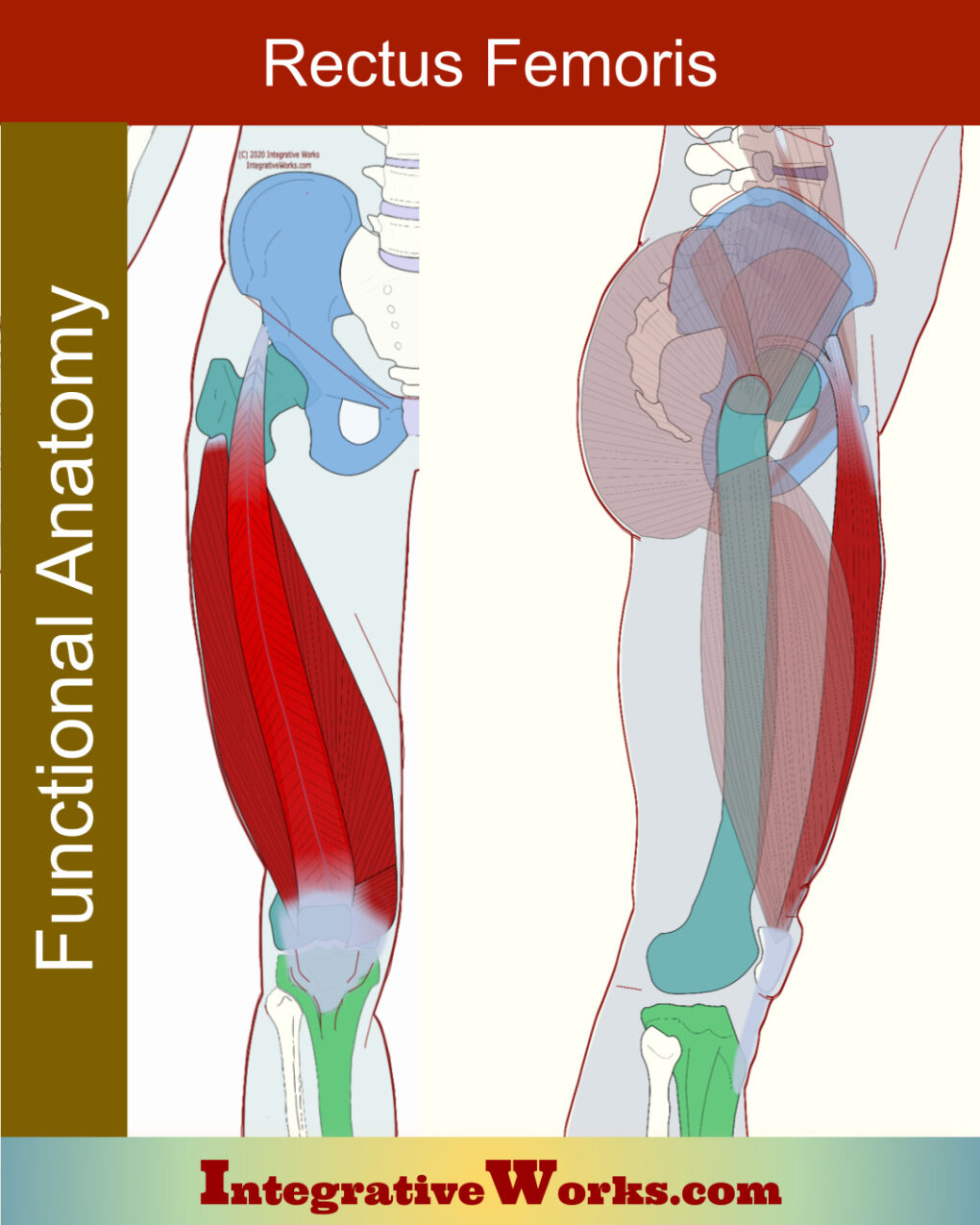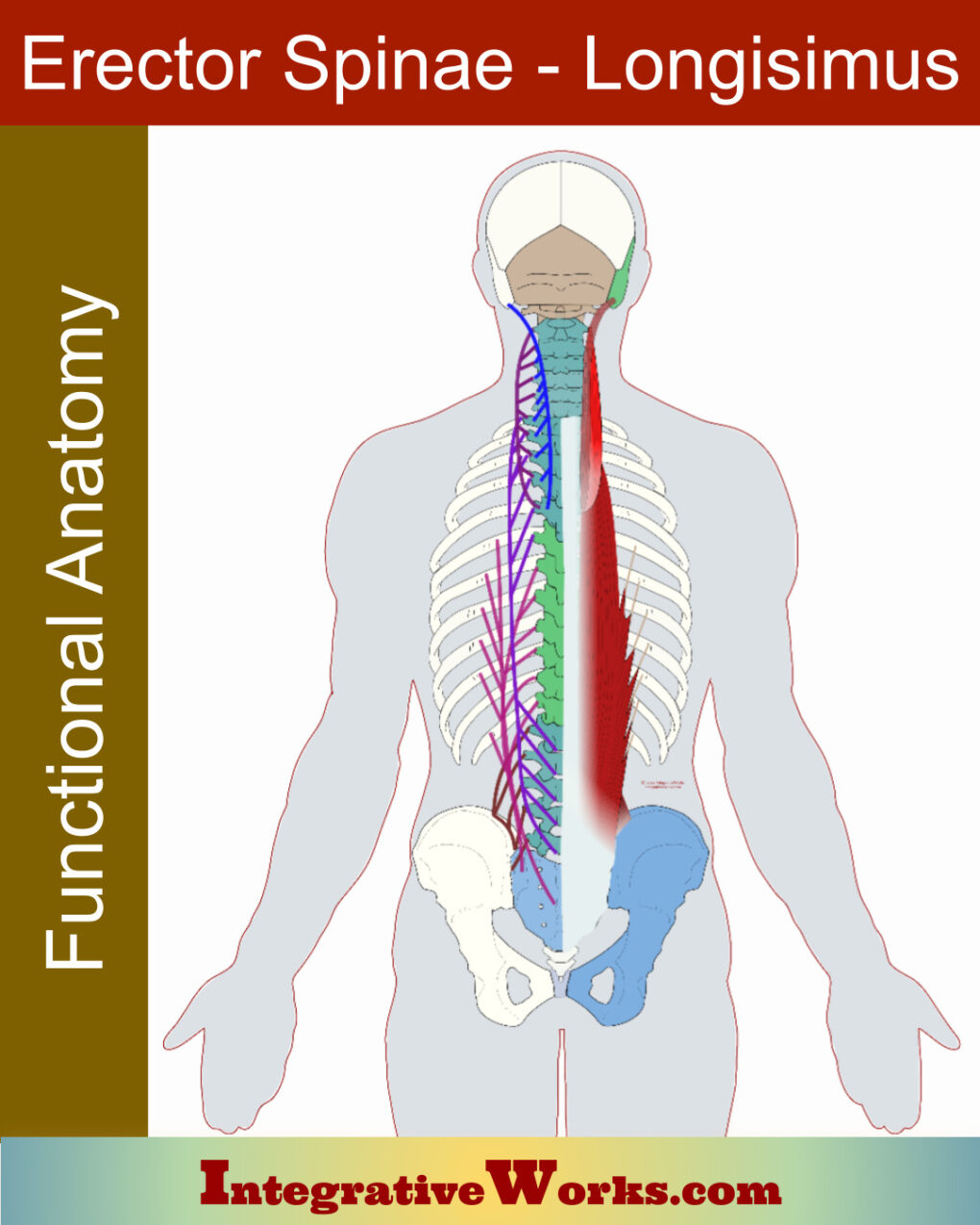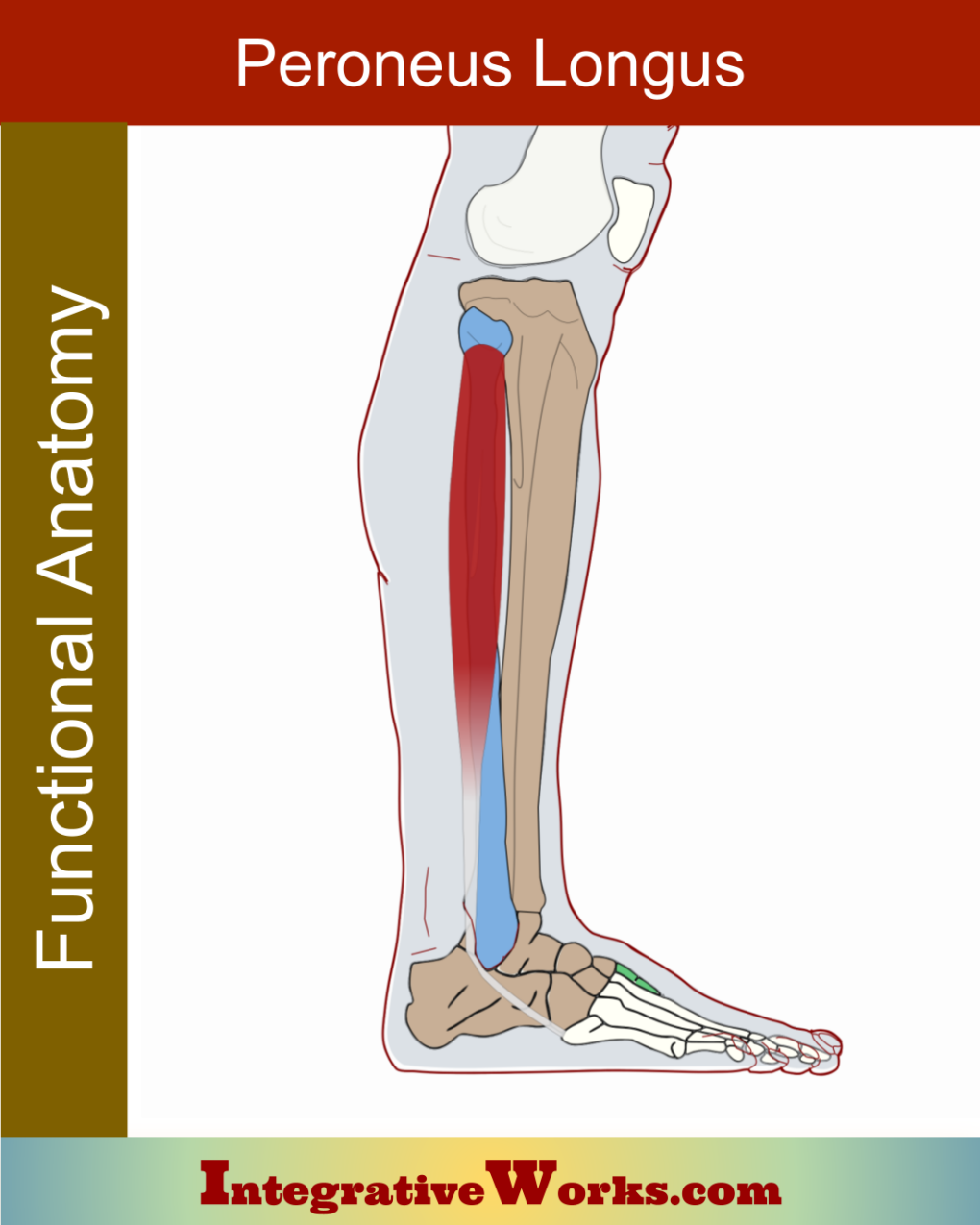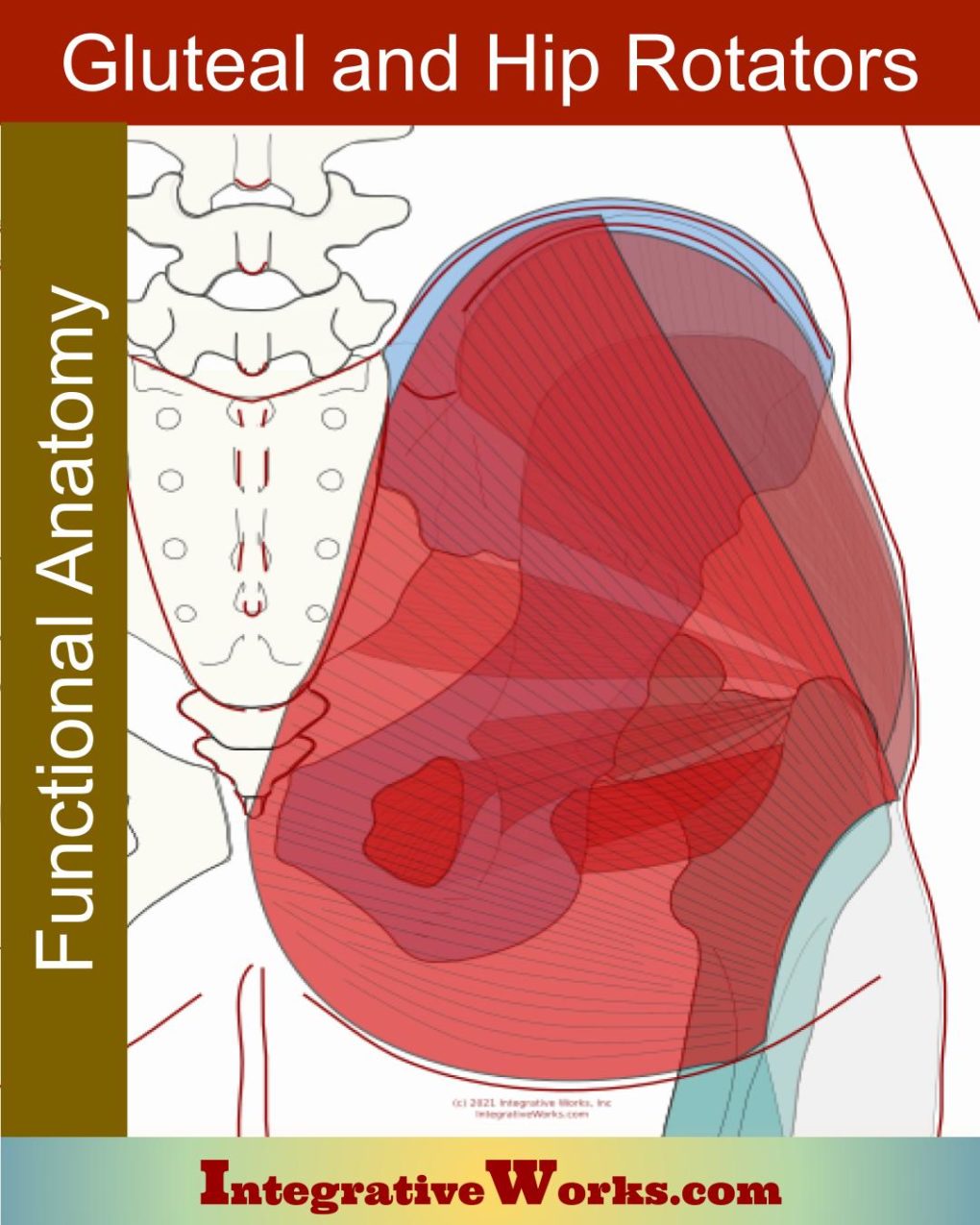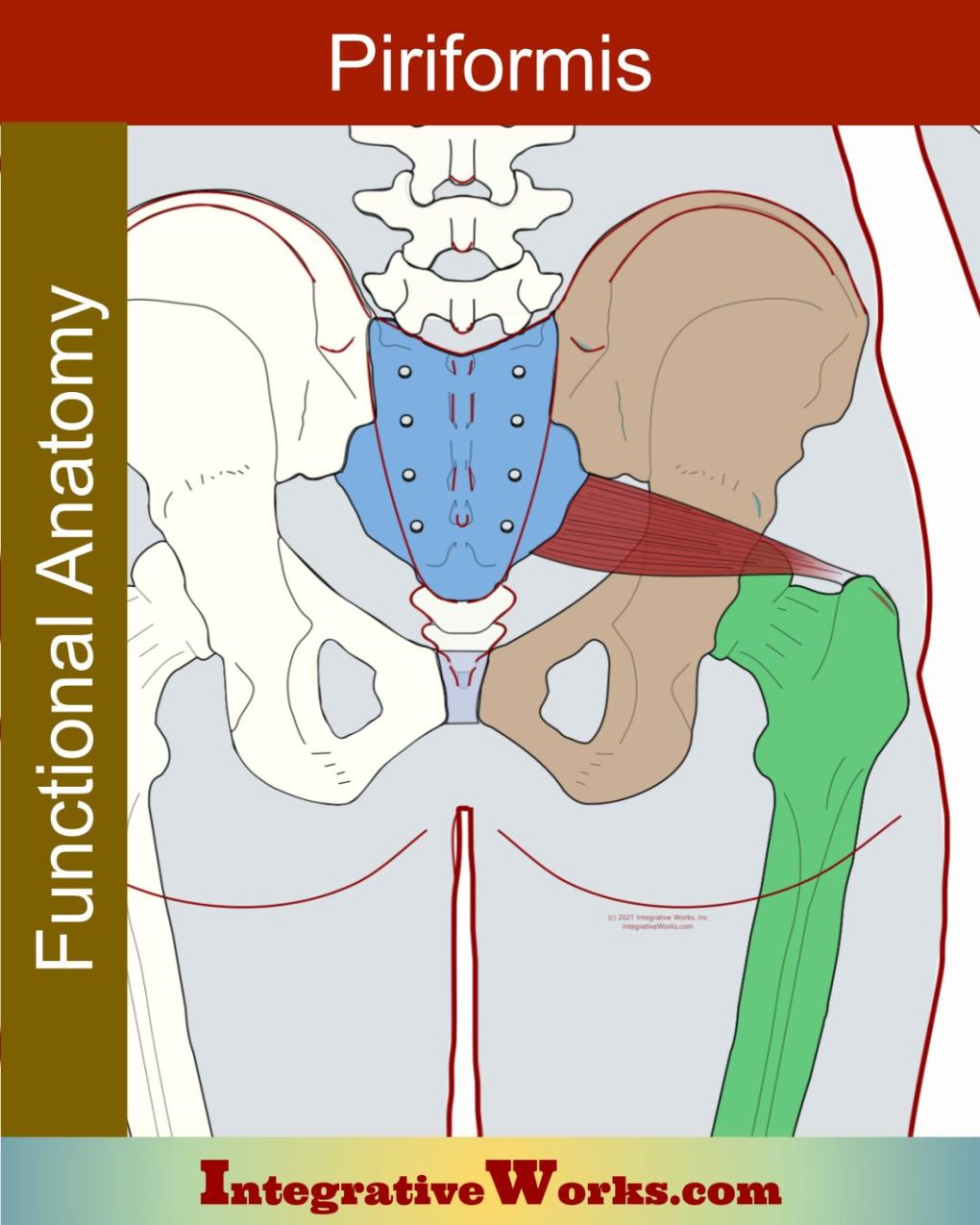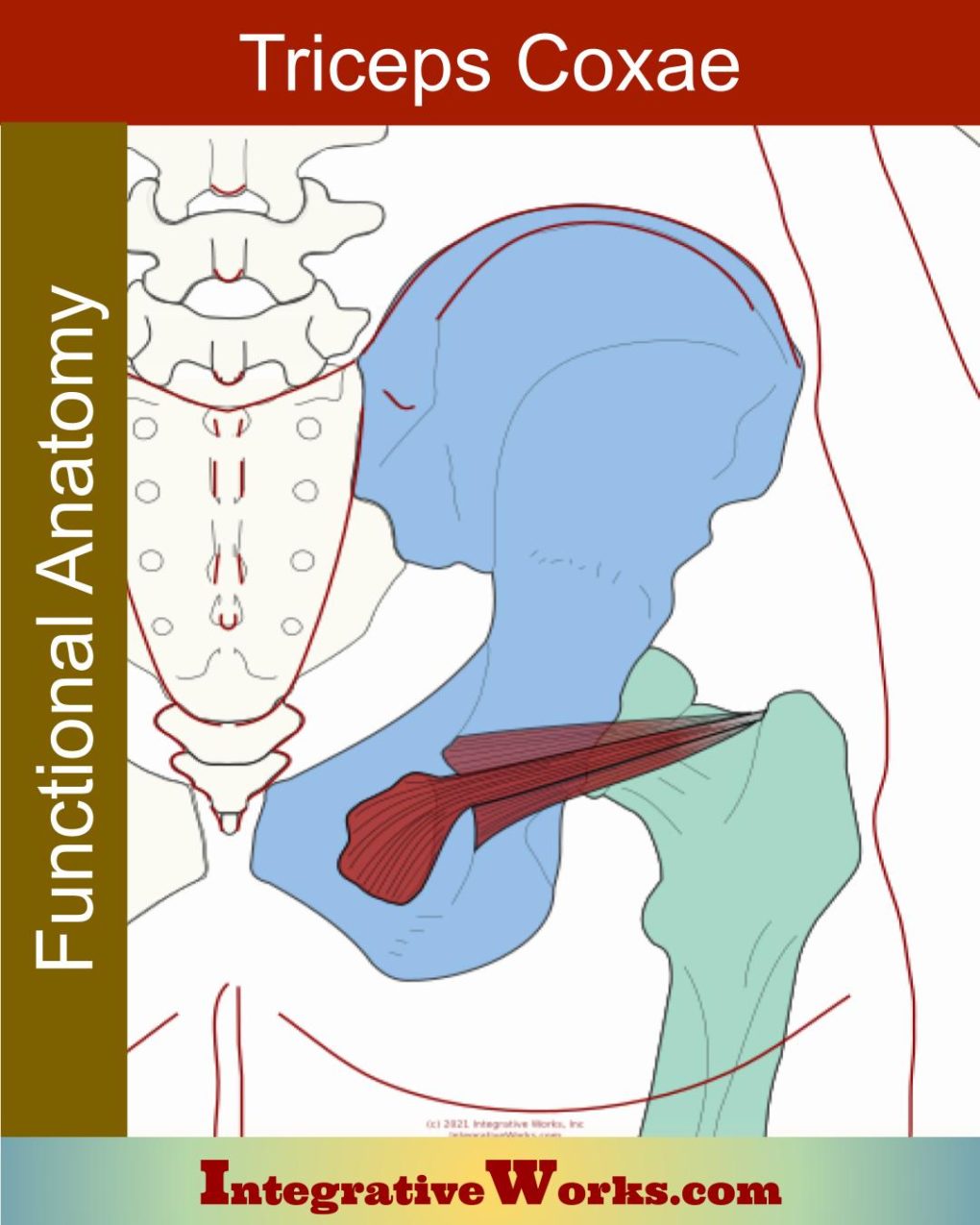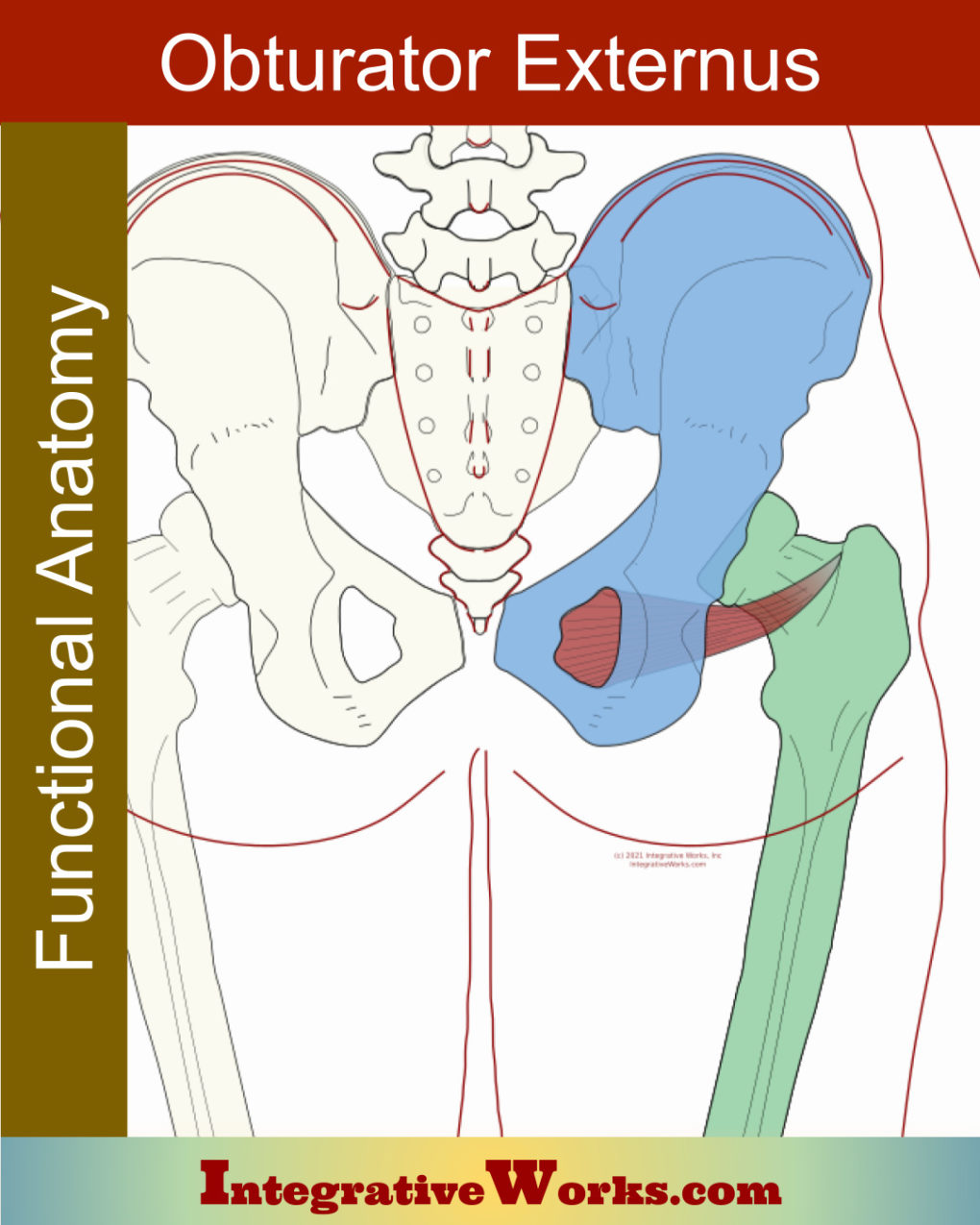Rectus Femoris – Functional Anatomy
Overview of Anatomy The rectus femoris is a superficial muscle on the anterior thigh. However, the functional anatomy of the rectus femoris can be more complex than expected. It is part of the quadriceps group. Notably, unlike the other quadriceps muscle, it attaches above the hip joint. Origin Insertion Function Nerve Rectus Femoris Anatomy Evolution […]

